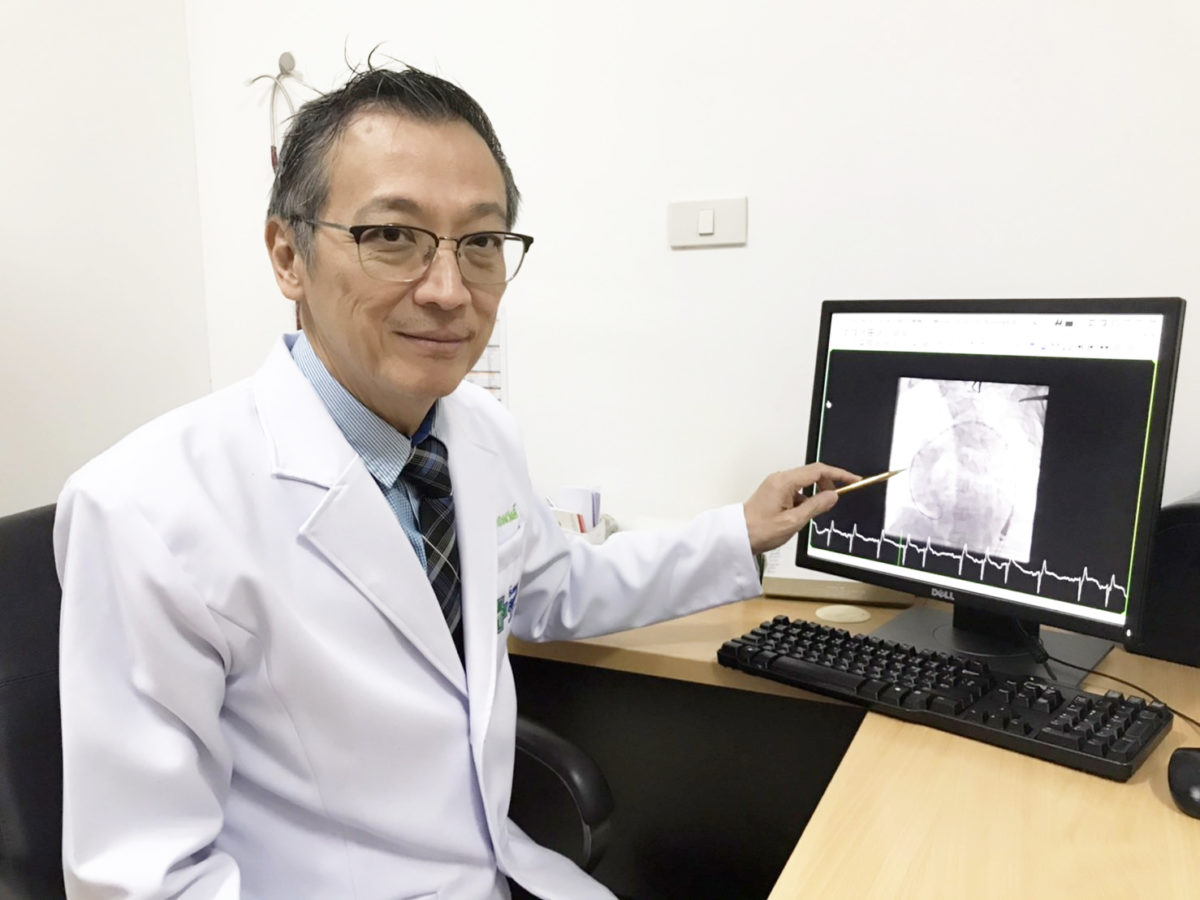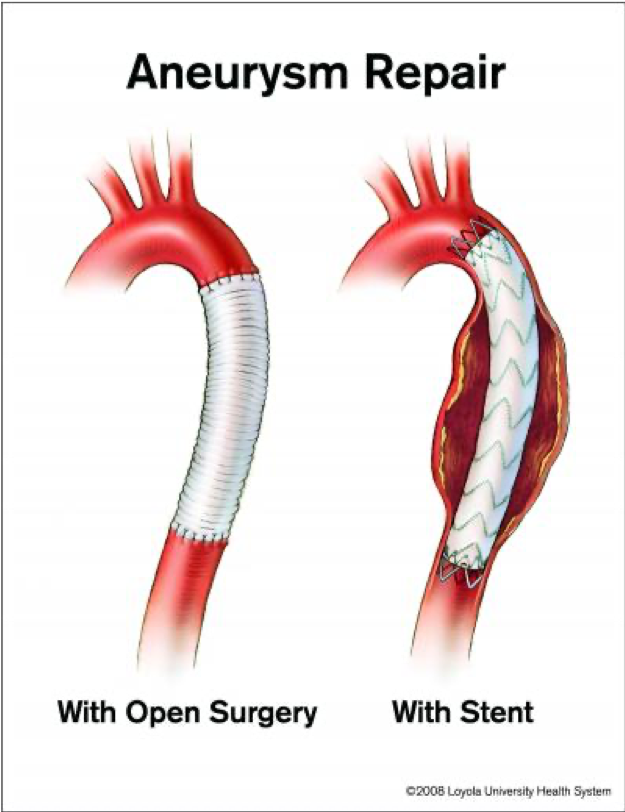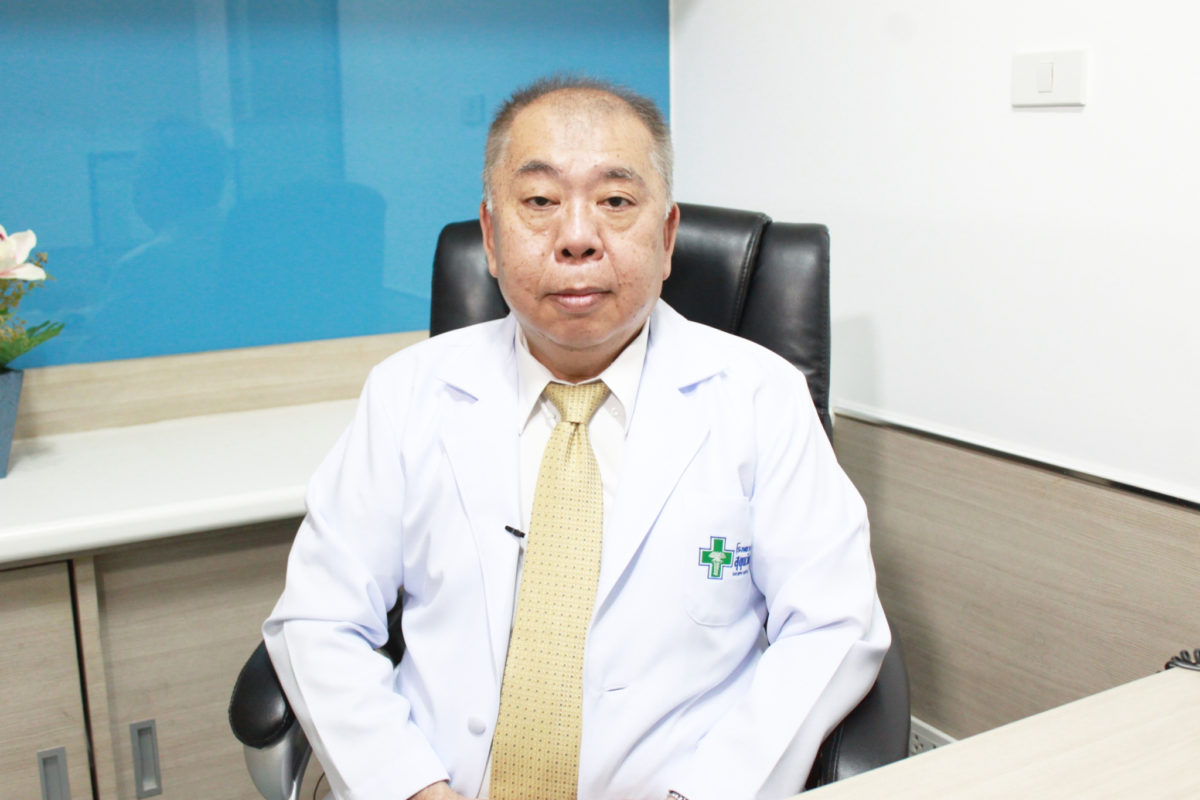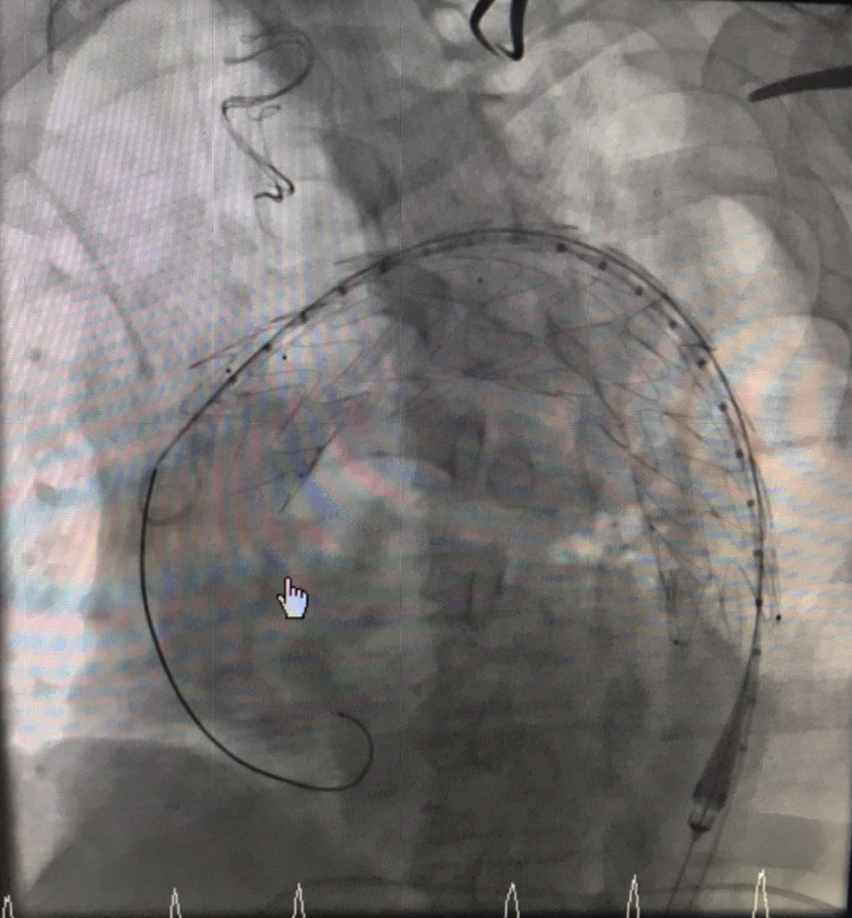
Tevar Technology A ground-breaking and minimally- invasive treatment for aortic aneurysms
As an individual’s age increases, so does the likelihood of problems. One such problem is an aortic aneurysm (the unnatural enlargement of the aorta). Although this is not a condition that affects everyone, when it does occur, treatment must be timely or the consequences can be fatal.
Dr. Chad Wanishawad, a cardiologist at Sukumvit Hospital offers his expertise on how to take precaution. As the condition’s symptoms are complex, the timeliness of treatment greatly impacts its effectiveness. If the aneurysm is detected early, and trained doctors work to their fullest capabilities, an individual can expect to make a full recovery.
Recently, a patient flew in to receive treatment at Sukumvit Hospital because he was suffering from severe influenza, which came with symptoms like fatigue, high fever, loss of appetite, body pain, etc. Additionally, he was experiencing septicaemia as a result of a bacterial infection of the bloodstream, on top of congestive heart failure.
Dr. Chad began his diagnosis of the patient using a computerised X-ray of the lungs and heart because he suspected that the septicaemia complication was a result of pneumonia. Once the results were analysed, it was concluded that the patient was not suffering from pneumonia, so he continued searching for the cause of infection.

He explained, “When we diagnosed the patient with influenza, we found that he was also suffering from an aortic aneurysm. When he arrived at the hospital, he was admitted immediately because he was elderly, 83 years old, with heavy symptoms. After five days of consecutive X-rays, we found that the aorta was enlarging quickly.”
After the evaluation, Dr. Chad consulted with a team of doctors, including Dr. Kittichai Luengtaviboon, a cardiothoracic surgeon (specialist in heart and lung surgery). The team concluded that the aneurysm had contracted an infection that resulted in septicaemia, so they began treating the patient immediately.
The Advantages of TEVAR Technology:
Dr. Kittichai, explained that the aorta is the route that oxygenated blood is pumped out of the heart’s lower left ventricle to the rest of the body. If it degenerates, it can leak or burst like a water pipe. The word ‘aneurysm’ describes an aorta that gradually enlarges. If it reaches 5.5cm, there is a high chance that the aorta will rupture, leaving the patient with only 50% chance of surviving.
In this case, the Thoracic Endovascular Aortic Repair (TEVAR) was then applied. This minimally-invasive procedure involves making a small incision near the groin, after which a sheath (a small straw tube approximately 7-8mm in size that allows safe access to the vessels) is inserted alongside guidewires and catheters.

A contrast dye is then injected so the area can be seen under fluoroscopy, which uses X-rays to display real-time moving images. After this, the stent is guided over the wires to its correct location, and then it expands to seal the aneurysm. After the treatment, the patient’s symptoms subsided, including high blood pressure and wheezing noises caused by the aneurysm pressing on the lungs.
TEVAR has many advantages. Not only is the procedure quick, but it poses minimal risk, and patients will make a fast recovery. Moreover, the long-term forecast is good, although it is necessary to get yearly scans using computer tomography (CT) for the rest of a patient’s life.
Prevention is Key:
In order to reduce the chance of developing this problem, Dr. Chad emphasises that prevention is key. Smoking, diabetes, high blood pressure, and high cholesterol can cause the deterioration of blood vessels. To minimise this, reduce the above factors by focusing on
4 healthy Approaches:
1. Exercise regularly (minimum of 150 minutes per week)
2. Do not smoke
3. Control your weight so it does not exceed 30 on the Body Mass Index (BMI) (BMI=weight in kilograms / height in m2)
4. Limit meat consumption and eat foods that are high in fibre such as beans, vegetables,and seeds. These will reduce fats in the body and aid the digestive system.
Throughout history, certain people have lived longer than the general population. Despite coming from different regions in Asia, Europe and the Americas, they all share things in common:
They are physically active, safe from toxic substances, maintain a healthy weight, have a balanced diet without processed food, are not stressed, and have strong family bonds. Examples include the Okinawa and Hunza tribes, and inhabitants Sardinia in Italy, Loma Linda California, and the Nicoya Peninsula, Costa Rica.
To conclude, Dr. Chad reiterated that there is no special elixir that prolongs life, we must put our health first and always be wary of the warning signs.

Sukumvit Hospital, which began its operations in 1977, has just completed a major makeover. Not only have they built a brand new building, but the entire team of doctors, specialists, nurses and assistants have all been trained with the singular aim of helping their patients maintain optimum health. Then there are the equipment, stateof-the-art MRIs, Cath labs and myriad of others, so that their specialists have the best available tools for diagnosis and treatment. Conveniently located on Sukhumvit Road with English speaking staff, Sukumvit Hospital is now ready for any emergencies or treatments.
Sukumvit Hospital
1411 Sukhumvit Road (Ekkamai BTS) Prakanong Nua, Wattana, Bangkok, Thailand 10110
Tel: 02 391 0011
www.sukumvithospital.com
Facebook: @sukumvithospital




